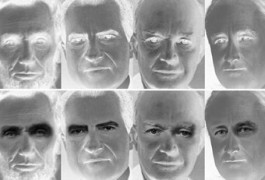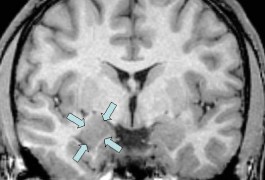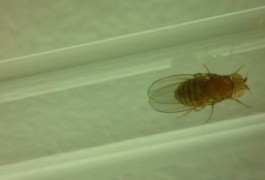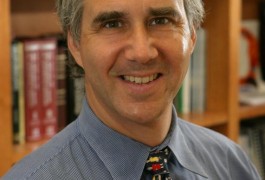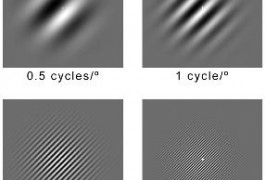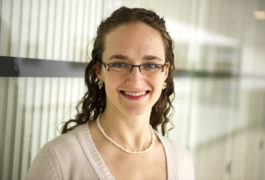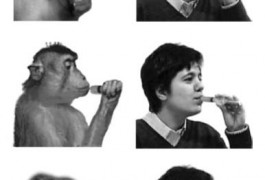Visual contrast drives face recognition, study finds
The answer to a long-standing mystery in visual neuroscience may also help explain how people with autism perceive faces, according to a study published in March in the Proceedings of the National Academy of Sciences.







